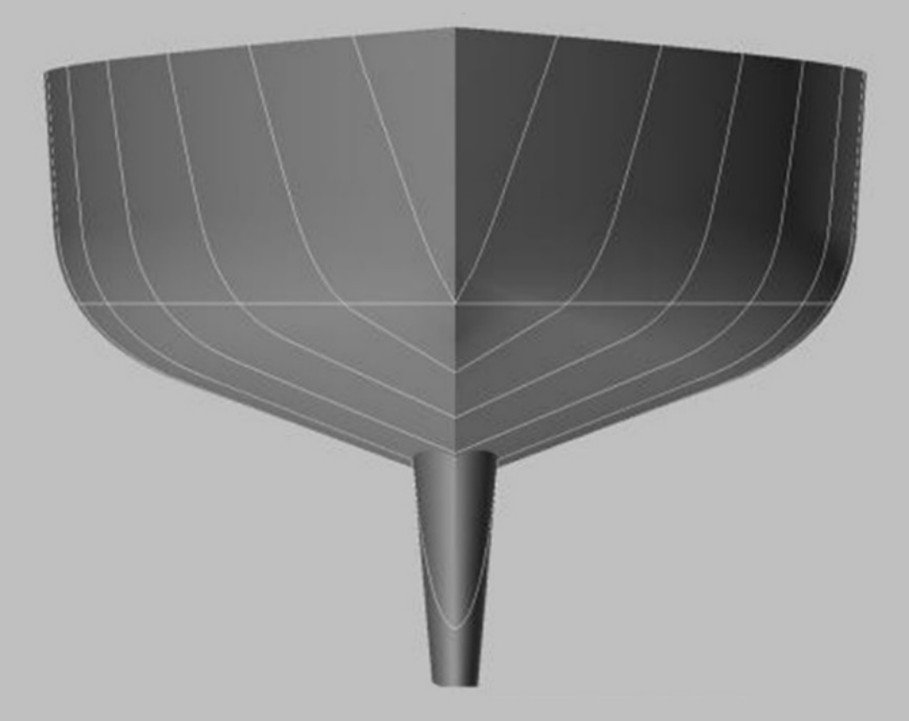True Round
Metal Boat Building
The development of 'Bezier Chine Design and Construction' is a result of my career in Architectural Metal Fabrication, CNC Programming, Sheetmetal pattern Development, and my studies at the 'Westlawn Institute of Marine Technology.
The metal True Round boat Building method that I am about to introduce, 'Bezier Chine Design and Construction', was developed entirely by the author. It is a design is a high-tech computer design method that blends well with the proven time-honored sheet-metal fabrication layout method know as 'Approximate Development'.
|
|
All the components of the hull and deck structure are pre-engineered the entire hull structure, including the shell plating are predefined to fit seamlessly together.
There are No Artistic, Vague, or Obscure True Round metal boat building methods addressed here.
Only time honored metal fabrication methods used every day in the metal fabrication industry will be addressed.
|
|
|
|
Building of the Bezier 12.5
- Fabricating the Hull -
(Using Approximate Development)
The build used to illustrate 'Bezier Chine Design and Construction' is a small, curvy, classic tumblehome design. If this curvy aluminum fabricated boat can be built using Bezier Chine Design and Construction, Approximate Development Method, then any other true round hull shape would certainly be a breeze.
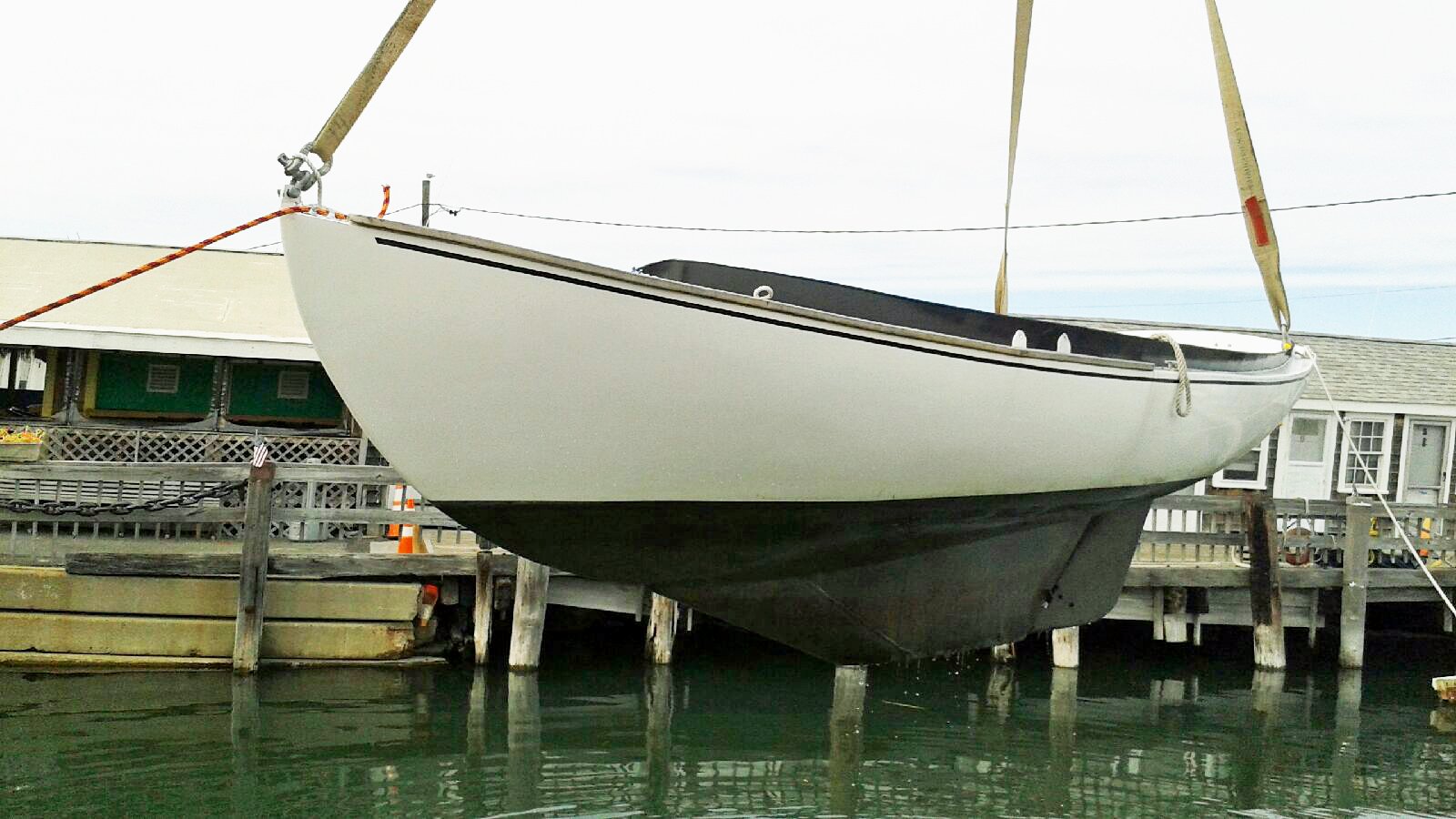
Click on the below link (Hull Components) to see a preview of the Transverse Frames, Longintudinal Frames, and Shell Plate fabrication or (Building the Hull) for a short overview of how the Hull is fabricated..
|
|
Traditionally, True Round Metal Hulls have been built using the 'English Wheel', however becoming proficient in the use of the 'English Wheel' for the building of a single True Round metal hull would require a Special kind of person.
There have been advance in 'English Wheeling', that many are not aware of that taken the mystic out of the process of 'English Wheeling'.
I therefore include those advances here.
|
|
- Fabricating the Intergrals -
When building a 'Bezier Designed' True Round hull, itself, all the component of the hull were pre-defined to fit seamless together, no Lofting. I think, maybe I spoiled you a little!
It is now time to fit out that hull with thru-deck coamings onto which you we will mount various types of Hatches covers, Window Ports, Companionway openings, tanks, and even Steel Masts and Booms for those so inclined.
Such custom fabricated steel components are also more in keeping with the hulls construction material and ensure a harmonious steel design that is not attainable using purchased components designed for another construction material.
Steel components can be fabricated for pennies on the dollar over purchased manufactured versions of the same product that are designed for fiberglass or wood construction.
Why fabricate a transition component to accomodate to suit a purchased ake into account that you will have have to fabricate some type of component to transition a purchased component.
My book ‘Applied Metal Boatbuilding Methods’ – ‘Sheetmetal Pattern Development’ will describe the theory, principles and application of ‘Bend Allowance’ and ‘Bend Deduction’ to calculate the cut sizes, locations of bend lines and interior features through the fabrication of marine components typical to steel and aluminum pleasure craft.
The following 'Link' will describe how to layout a deck coaming needed for a Deck hatch.
|
|
All Copyrights Reserved - Metalsailboats.com
2009 - 2025
|
|
Updated - June 22 2025
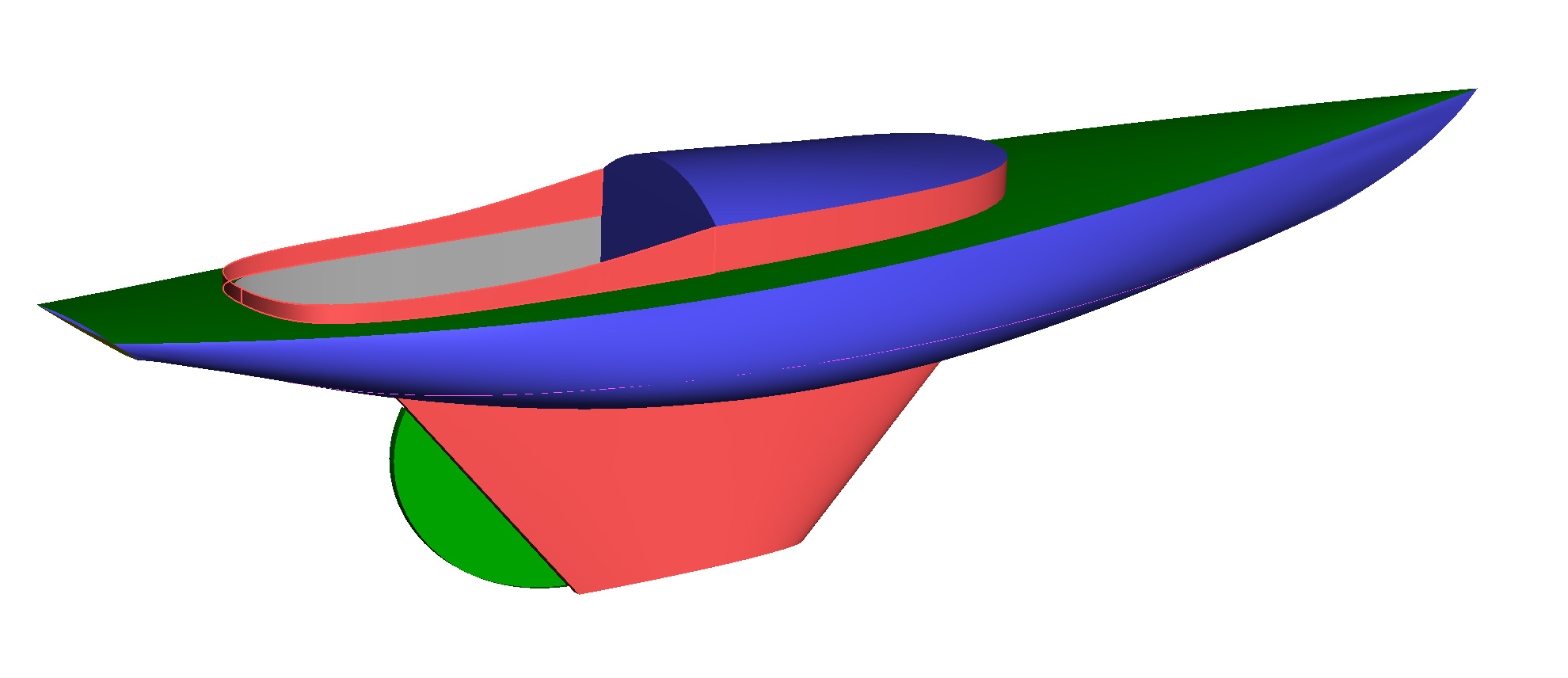
|
|
|
|
|
|
|
|
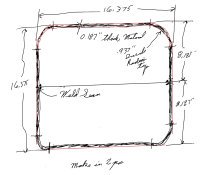 |
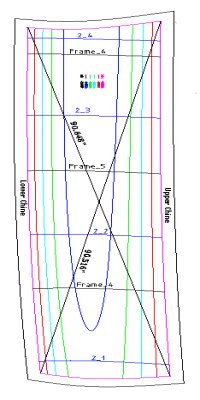 |
|
|
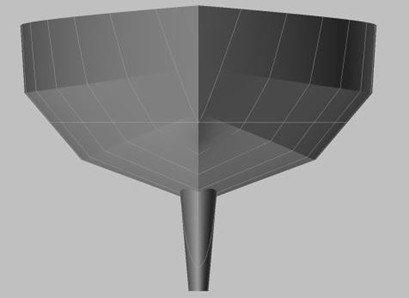
|
|
